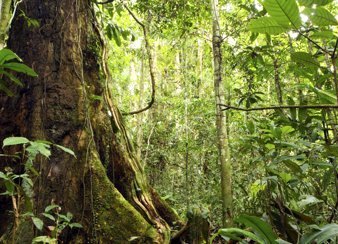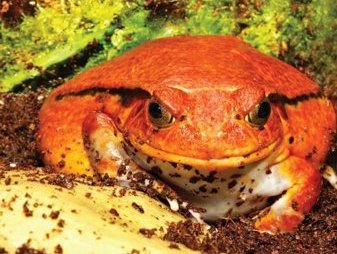 East Lansing, Michigan – China’s endangered wild pandas may need new dinner reservations – and quickly – based on models that indicate climate change may kill off swaths of bamboo that pandas need to survive.
East Lansing, Michigan – China’s endangered wild pandas may need new dinner reservations – and quickly – based on models that indicate climate change may kill off swaths of bamboo that pandas need to survive.
In a study published in the international journal Nature Climate Change, scientists from Michigan State University (MSU) and the Chinese Academy of Sciences give forecasts how changing climate may affect the most common species of bamboo that carpet the forest floors of prime panda habitat in northwestern China. Even the most optimistic scenarios show that bamboo die-offs would effectively cause prime panda habitat to become inhospitable by the end of the 21st century.
The scientists studied possible scenarios of climate change in the Qinling Mountains in Shaanxi Province. At the northern boundary of China’s panda distributional range, the Qinling Mountains are home to around 275 wild pandas, about 17 percent of the remaining wild population. The Qinling pandas vary genetically from other giant pandas, and their geographic isolation makes it particularly valuable for conservation, but vulnerable to climate change.
“Understanding impacts of climate change is an important way for science to assist in making good decisions,” said Jianguo “Jack” Liu, Director of MSU’s Center for Systems Integration and Sustainability (CSIS) and a study co-author. “Looking at the climate impact on the bamboo can help us prepare for the challenges that the panda will likely face in the future.”
Bamboo is a vital part of forest ecosystems, being not only the sole menu item for giant pandas, but also providing essential food and shelter for other wildlife, including other endangered species like the ploughshare tortoise and purple-winged ground-dove. Bamboo has an unusual reproductive cycle and can be a risky crop on which to stake survival. The species studied only flower and reproduce every 30 to 35 years, which limits the plants’ ability to adapt to changing climate and can spell disaster for a food supply.
Pandas’ fate will be at the hands of not only nature, but also humans. If, as the study’s models predict, large swaths of bamboo become unavailable, human development prevents pandas from a clear, accessible path to the next meal source.
“The giant panda population also is threatened by other human disturbances,” said Mao-Ning Tuanmu, who recently finished his doctoral studies at CSIS and is now at Yale University. “Climate change is only one challenge for the giant pandas. But on the other hand, the giant panda is a special species. People put a lot of conservation resources in to them compared to other species. We want to provide data to guide that wisely.”
Additional authors include Andres Vina, MSU assistant professor of fisheries and wildlife and a CSIS member; Julie Winkler, MSU geography professor; Yu Li, a research assistant and CSIS alumnus, and Zhiyun Ouyang and Weihua Xu with the Chinese Academy of Sciences.
The research was funded by NASA and the National Science Foundation (NSF), as well as support by MSU AgBioResearch.
Source: MSU.














